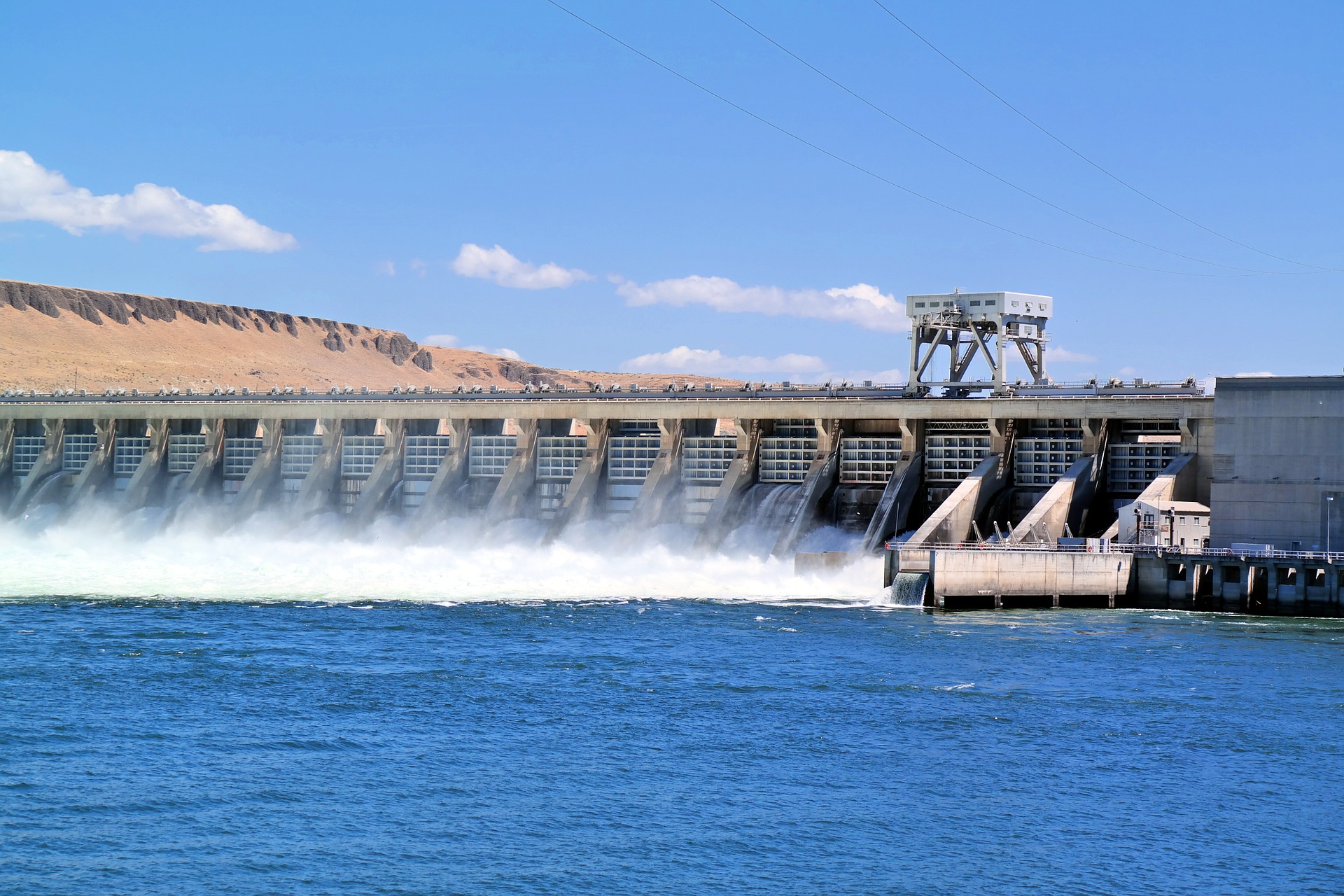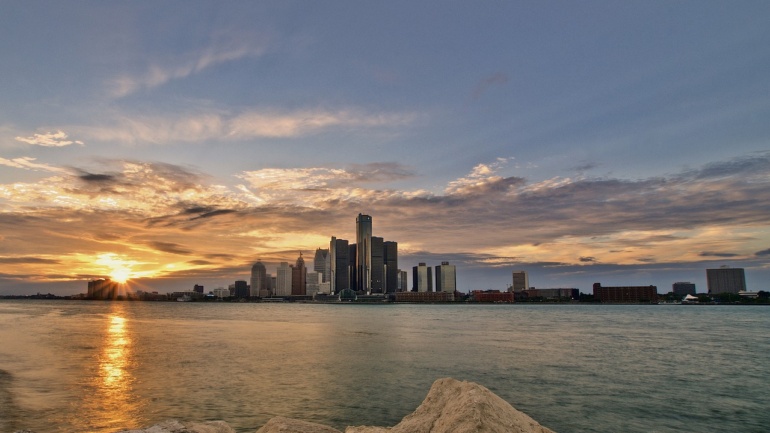Lauren Hansen, Staff Researcher/Writer for Save the Water™, Updated December 18, 2021
The disaster in Piney Point in April 2021 is the latest instance of infrastructure failure in Florida. Phosphate mine spills also took place in 2011, 2016, and 2019. Investment in wastewater infrastructure could have prevented these events. The costs of neglecting water infrastructure are massive, which makes implementing and repairing that infrastructure very difficult.
The Investment Gap in Water Infrastructure
The American Society of Civil Engineers (ASCE) reported in 2020 that investment in water infrastructure in the U.S. continues to fall short of what is needed. The ASCE states that “the United States [was]…only meeting 37 percent of the nation’s total water infrastructure capital needs in 2019.” In 2019 there was an $81 billion investment gap in our country’s water infrastructure. In Florida specifically, investment in wastewater infrastructure falls short by $18.4 billion just for wastewater.
Ignoring Water Infrastructure Costs Everyday Americans
Neglecting infrastructure can be harmful, even fatal, to human lives. This neglect has already caused numerous problems across the U.S., such as the Minneapolis bridge collapse in 2007 or the water crisis in Flint, Michigan in 2014.
Ignoring infrastructure puts the health and lives of people at risk, but it also hurts their wallets. Failures in water infrastructure alone cost American households $2 billion in 2019. Moreover, the ASCE estimates that this cost will rise to $14 billion by 2039. On the flip side, if more investments are put into water infrastructure, the U.S. GDP would rise by $4.5 trillion in 20 years. The ASCE also reports that “this investment would create 800,000 new jobs and household disposable income would rise by more than $2,000 per household.”
A Little Investment Now Goes a Long Way
The infrastructure investment gap is a time-sensitive issue. The longer it takes to address infrastructure problems, the more it will cost people in the future. However, the good news is that it wouldn’t take much to fund the country’s infrastructure.
It takes a lot of money to properly maintain infrastructure. However, by contributing $5.48 more per day, each household can help close the investment gap. Further, this amount takes into account all major categories of infrastructure, not just water. So the additional cost per household per day is actually less than $5.48! There is still the benefit of the estimated additional $2,000 in annual disposable income per household as well. The benefits of investing more in infrastructure, whether it’s for water or other categories, clearly outweigh the costs.
Infrastructure is something all citizens benefit from and use in their day-to-day lives, whether it’s for roadways, bridges, or, perhaps most importantly, water. Less than six dollars per day is worth it to save lives, save money, and to boost economic growth.
What can you do to help close the infrastructure investment gap?
Here are two simple things you can do now to help eliminate the investment gap in our infrastructure:
- Get involved in local decision-making related to city planning in your community.
- Put pressure local, state, and national legislators to address infrastructure issues, project backlogs, and permit delays.
Related reading: Benton Harbor Lead Pollution Highlights Outdated Water Infrastructure




